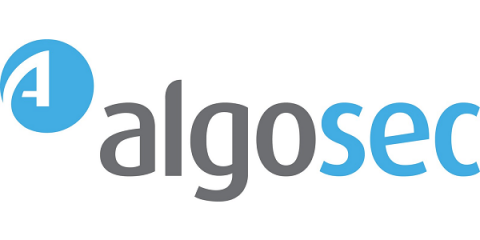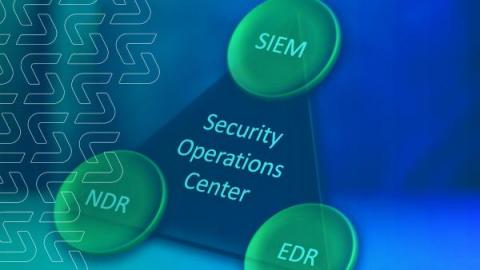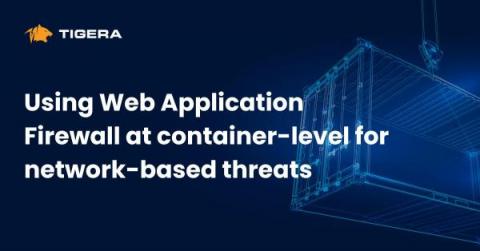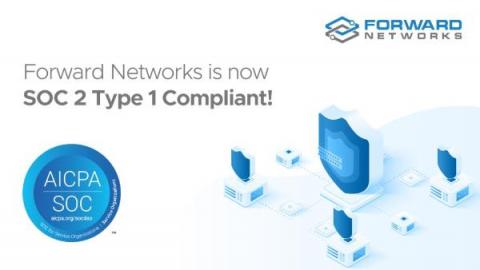Network segmentation best practices (how to implement)
Your network segmentation strategy has a broad impact on security policies and processes throughout your organization. It defines your organization’s attack surface and establishes the level of difficulty hackers will face when trying to gain network access. Optimized enterprise networks also correlate strongly with productivity and performance gains.








